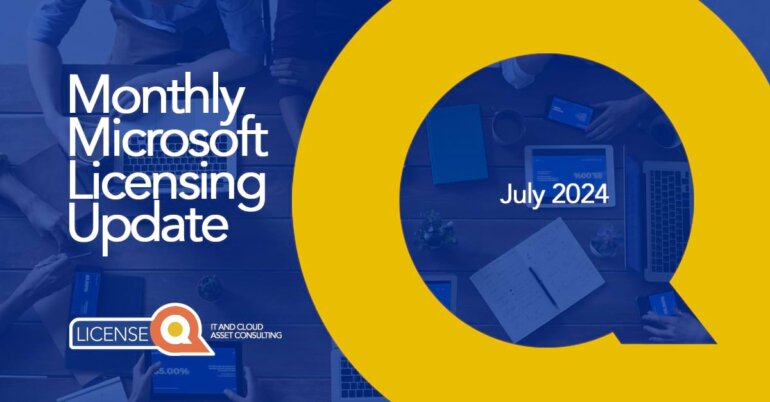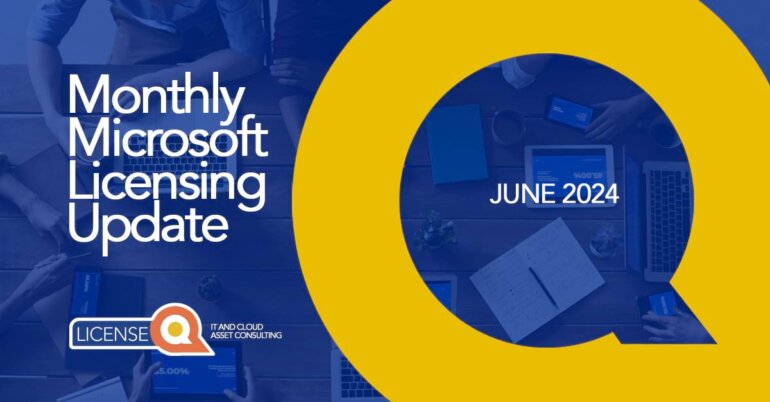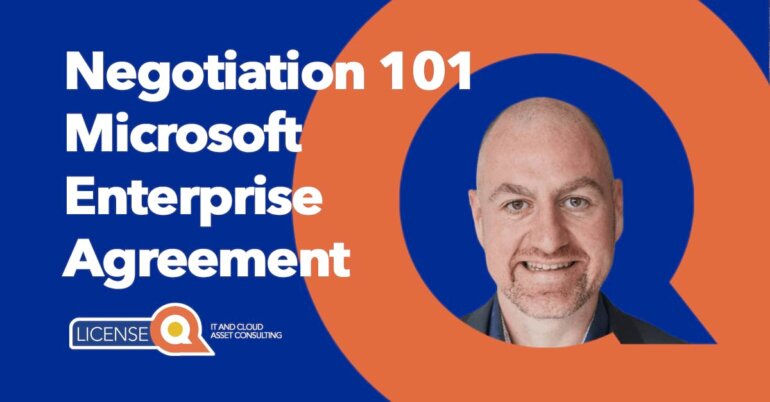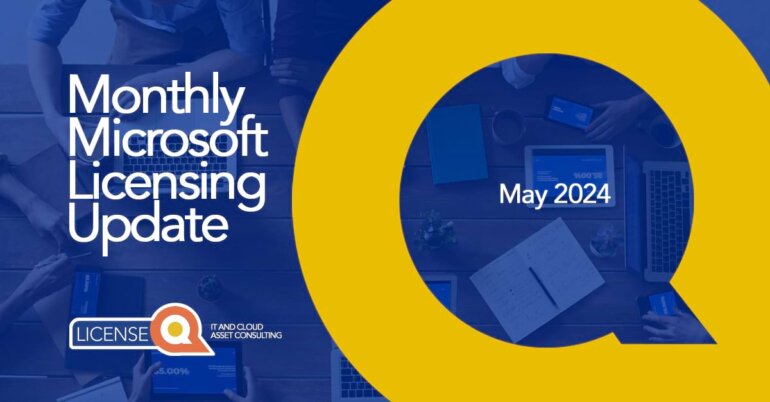How to deal with a Microsoft licensing audit - a guide
Why does Microsoft conduct audits?
In the past months, Microsoft increased its focus on software licensing compliance. This led to an increase in the number of licensing audits being conducted. Microsoft randomly selects clients to be audited by a third party such as Deloitte or KPMG.
Several reasons for this trend include the rough economic climate which has also impacted Microsoft with lower sales and targets not being met.
Microsoft also implemented more robust audit programs to ensure that customers use their software in compliance with the licensing terms and conditions. These audits are designed to:
- help protect Microsoft’s intellectual property rights
- prevent piracy
- ensure customers pay the appropriate fees for their software usage
While licensing audits can be challenging for organizations to navigate, they are an important part of software licensing compliance. By working proactively to ensure compliance, organizations can avoid the risk of high penalties and costs and maintain a positive relationship with Microsoft.

What is a Microsoft audit?
A Microsoft interal audit is a process where Microsoft reviews an organization’s software deployment and usage to ensure that they are complying with Microsoft’s licensing requirements. The audit is usually conducted by a third-party auditing firm on behalf of Microsoft and involves a review of software deployments, licenses, and other documentation.
The goal of the audit is to ensure that organizations are using Microsoft software in compliance with Microsoft’s licensing terms and conditions. This includes verifying that the organization has the appropriate licenses for the software it has deployed, that the software is being used within the scope of the license agreement, and that the organization is paying the appropriate fees for its use.
An audit can be initiated by Microsoft for a variety of reasons, including customer complaints, data analysis, or simply as part of a routine audit program. If an organization is found to be non-compliant, they may be required to purchase additional licenses, pay fines, or make other changes to come into compliance.
It’s important to note that Microsoft licensing audits can be time-consuming and costly, but they are an essential part of software licensing compliance. By ensuring that they are in compliance with Microsoft’s licensing requirements, organizations can avoid legal and financial penalties and maintain a positive relationship with Microsoft.

On a personal note
Licensing Expert Floris Klaver
In the Western European region Microsoft used to do “value engagements” rather than audits (in other parts of the world Microsoft has continuously conducted audits).
Clients bought into the cloud, targets were being met. In a smart move Microsoft focused on adding value with new products & the cloud, instead of hard money owed (even though money is still owed).
However, Microsoft not doing audits has led to more customers being out of compliance than ever.
As growth has slowed, Microsoft is focusing on finding non-compliant organizations for quick wins. Especially small and mid-sized companies are at risk of being audited. Sales teams need multiple audits a year to meet targets. Auditing a big company can take years so it’s not a quick fix for Microsoft.
My tip – if you get audited, try to stall the audit process as long as you can so they lose focus. If it takes too long, they might move onto an easier target and it gives you time to sort out your compliance.
Our advice for dealing with a Microsoft audit
1. Self-audit to prepare
- Gather all the required documents and information (only required! Don’t show them your entire hand if you don’t need to). Including:
- License statements
- Contracts
- documentation related to software deployments and usage
- Review your software asset management processes to ensure that they are up-to-date and compliant with Microsoft’s licensing terms and conditions.
- Understand (and preferably define) the scope of the audit and the types of data that the auditors will be reviewing.
- Create a detailed inventory of your software deployments and track usage across your organization.
- Make sure that all of your documentation is up to date and stored in a central location that is easily accessible to the audit team.
2. Assign a dedicated team
To manage the audit process effectively, it’s important to assign a dedicated team to handle the audit. This team should be responsible for:
- coordinating with the auditors
- answering auditors queries
- providing auditors with the required information (again, only the required information!).
The team should be knowledgeable about your organization’s software licensing and deployment practices, as well as Microsoft’s licensing requirements.
3. Stall for time if you can
If you get audited, try to stretch the audit process as long as you can so they lose focus. If the process takes too long, Microsoft might lose interest and move onto an easier target. Stalling the process might also give you time to work on your compliance and optimize your position.
4. Respond to findings and recommendations
After the audit, the auditors will provide you with their findings and recommendations. It’s important to review these carefully as non-compliance could mean having to purchase additional licenses, change your deployment practices or make other changes. We recommend responding neutrally to any findings that you are short on licenses.
First determine your plan of action as to how you want to deal with this situation. You might be able to correct your shortages with second hand licences or you might be able to turn the outcomes of the audit into a smart, commercial Microsoft contract negotiation. Proactively investigate if there is any room for negotiation. We typically find that everything is negotiable, even the outcome of an audit.
5. Develop a plan for ongoing compliance
It’s important to develop a plan for ongoing compliance with Microsoft’s licensing requirements. This may include:
- implementing software asset management processes
- conducting regular self-audits
- staying up to date with changes to Microsoft’s licensing terms and conditions
By staying proactive and vigilant, you can avoid future compliance issues and ensure that your organization is fully compliant with Microsoft’s licensing requirements.
6. Seek expert advice
Finally, if you are unsure about any aspect of the audit process, seek expert advice. A licensing expert, such as LicenseQ, has the technical expertise and in-depth knowledge to help you understand the audit scope and requirements, identify any compliance issues, and provide you with advice on how to address them.
Our Microsoft audit defense
As this article has described, a Microsoft licensing audit can significantly expose any license incompliancy within your organization and subsequently lead to problems and extra costs. Our top tips above can help you prepare for an audit, but it remains a complicated and time-consuming process.
LicenseQ can provide immediate support and go through the audit process with you. We can conduct a Microsoft audit defense to gain clear insight into where you stand and we can help you achieve optimal results. For more information, visit our Microsoft audit defense page or contact our licensing experts at info@licenseq.com.









